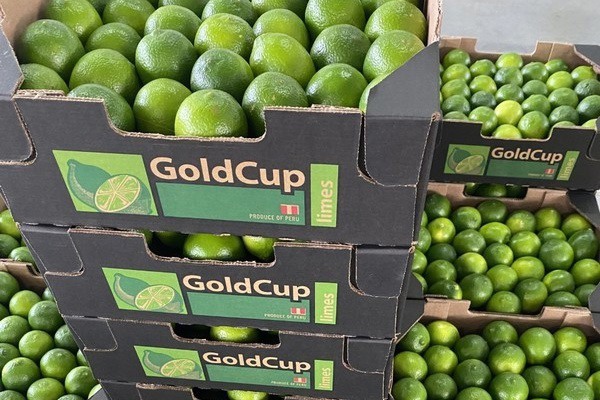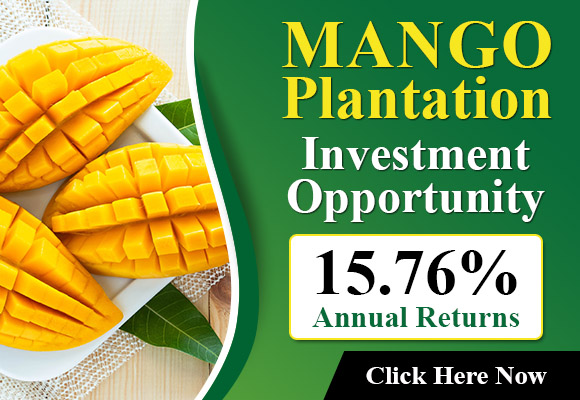Volatility in the lime market is normal, currently, there are a few reasons for this. Firstly, the weather in Southern Europe has not been good, which has brought down consumption, while the weather in Northern Europe has been a mixture of good and bad. Leaving the balance of consumption disrupted and lower than we would normally expect.
“Brazil also supplied more than normal,” said Rob Cullum from Pacific Produce. “So inevitably, with volumes up and consumption down, prices suffer. Added to this, there are the ongoing shipping delays, which means that there is new fruit arriving at the same time as the delayed containers, which also puts pressure on the market. The costs for everyone are increasing, and the Brazilian growers want more money. When there is a lot of product around you, then get inexperienced exporters and importers trading containers of fruit, which adds to the volatile market.”

Another factor is the European phytosanitary regulations, if shipments get rejected from European ports, they are then passed on to the UK, Middle East, or Russian markets. This makes it very difficult, as there is then no stability in the market. The weather in Brazil has also been difficult, which adds to quality problems.
“If Brazilian growers want prices to go up, then volumes have to go down. Brazil is still the number one lime supplier, so what happens there will affect everyone. If you have a retail program, it gives you more continuity, then you could look to Peru, Colombia, or Vietnam for supply, but the price levels are not always aligned. Mexico is not really a factor for Europe as most of their limes go to the US market, which is much lower risk; the same can be said for much of the Peruvian and Colombian supply.
“Technical certification levels are a very important factor to consider – high prices for a few years in a row in Europe have led to more exporters and also more importers – but the bulk of the new players come without experience and in many cases without technical certification – this leads to a confused market place with a mixture of quality and a mixture of technical compliance – a buyer can be quoted many different prices but they are not all the same standard….”
EU–UK trade deal
Although this has been largely welcomed by fresh produce importers, it also has big disadvantages for importers of produce from countries outside the EU. If the trade deal goes ahead, then the UK will have to impose the same phytosanitary regulations as the EU.
“This will be a huge problem,” according to Rob. “I understand that politicians can’t know everything, and on the one hand, it will make things more stable, but also higher risk, as there will be no alternative for containers that have failed the EU phyto checks. I believe that growers from the Southern Hemisphere will have to negotiate with the EU for better conditions, but inevitably, it will lead to higher prices due to the risk factor. For citrus, South Africa and South America will both look increasingly on Europe as a problematic receiver, and with no release valve to the UK, it increases the risk.”
Shipping
Delays in containers arriving or being redirected are nothing new, but now it is an almost daily occurrence. The blame is being put on the China–US situation, but it is happening everywhere.
“It started going really wrong last October. You can no longer rely on shipping, and it is a real battle to get a claim settled even if your container is two months late. In fresh produce, every container is time-sensitive. Some ports are well known for delays, but now it’s ports such as Rotterdam and London Gateway as well. London Gateway is over-subscribed for vessels and they are frequently re-directed to Rotterdam or Hamburg, adding a minimum of 1 week and often 2 or 3 weeks to the shipping time.”
For more information:
Robert Cullum
Pacific Produce
Tel: +44 (0) 1865877801
Email: [email protected]
www.pacificproduce.co.uk
Source: The Plantations International Agroforestry Group of Companies
